Ribble R872 Tiagra review
A versatile machine for those looking to take their first steps into carbon road bikes
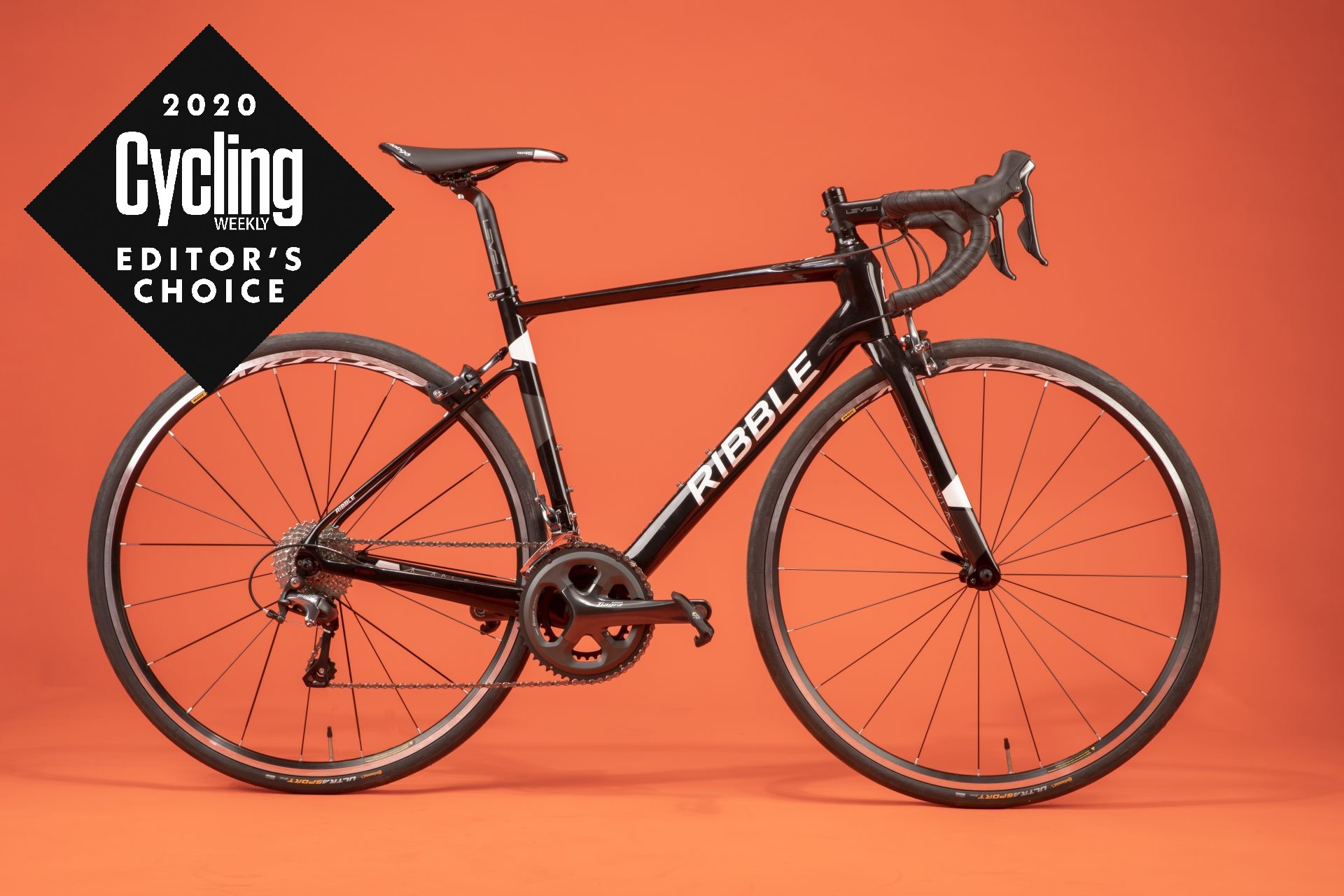
A versatile bike that we'd recommend as a first carbon road bike for anyone taking their first steps into the performance market. Where previously Ribble was head and shoulders ahead of the competition on value, it's now a little more in-line - but the frame impressed us and it's a chassis with enough performance characteristics to keep a rider entertained as skill and enthusiasm progress, especially via a few component upgrades.
-
+
Comfortable ride
-
+
Good handling
-
+
Lightweight
-
+
A frame worthy of future upgrades
-
+
Value
-
-
Poor braking
You can trust Cycling Weekly.

The Ribble R872 Tiagra was selected for an Editor's Choice award in 2020. This year's list contains 78 items which scored a 9 or 10/10 with our tech team - this gear is the best of the best, and has received the Cycling Weekly stamp of approval.
The Ribble R872 is no stranger to the Cycling Weekly tech team. Its last appearance in the office was in 2018, when a Shimano 105 equipped model (costing £1,199) walked away with a 10/10 score, scooping up an Editor's Choice award along the way.
The R872 is designed to tick the boxes for customers after their first carbon bike. It's more relaxed in geometry than the brand's 'Endurance' race models, and favours comfort over out-the-blocks race ready stiffness, though the aim is very much to balance the two ends of the spectrum for an all-rounder that will suit the changing interests of a newer cyclist.
The frame
The current iteration of the Ribble R872 frame and fork uses Toray 700 carbon fibres. T700 isn't as high quality as the T800 and T1000 carbon-fibre used on the model we last reviewed and generally doesn't create as stiff a frameset.
Asked about this Ribble said that the change was because the old R872 was designed to be an "aggressive race orientated platform" whilst this model is more geared towards the sportive and Gran Fondo customer; "as such [it] was designed around a more versatile comfort orientated geometry with a more forgiving ride built into the frame design and carbon lay-up."
>>> See the Ribble R872 range here
T700 is cheaper to produce, and the brand added: "The use of T700 carbon not only meets our product specification brief but also allows us to keep the price point of this model at a market leading level and within accessible reach of more cyclists." This R872 model doesn't represent the same value as the previous iteration, but it is to be fair more in line with competition.
The Ribble R872 certainly isn't overweight in this new carbon fibre choice. A complete bike in a size small still weighs in at 8.64kg - which at this price is impressive.
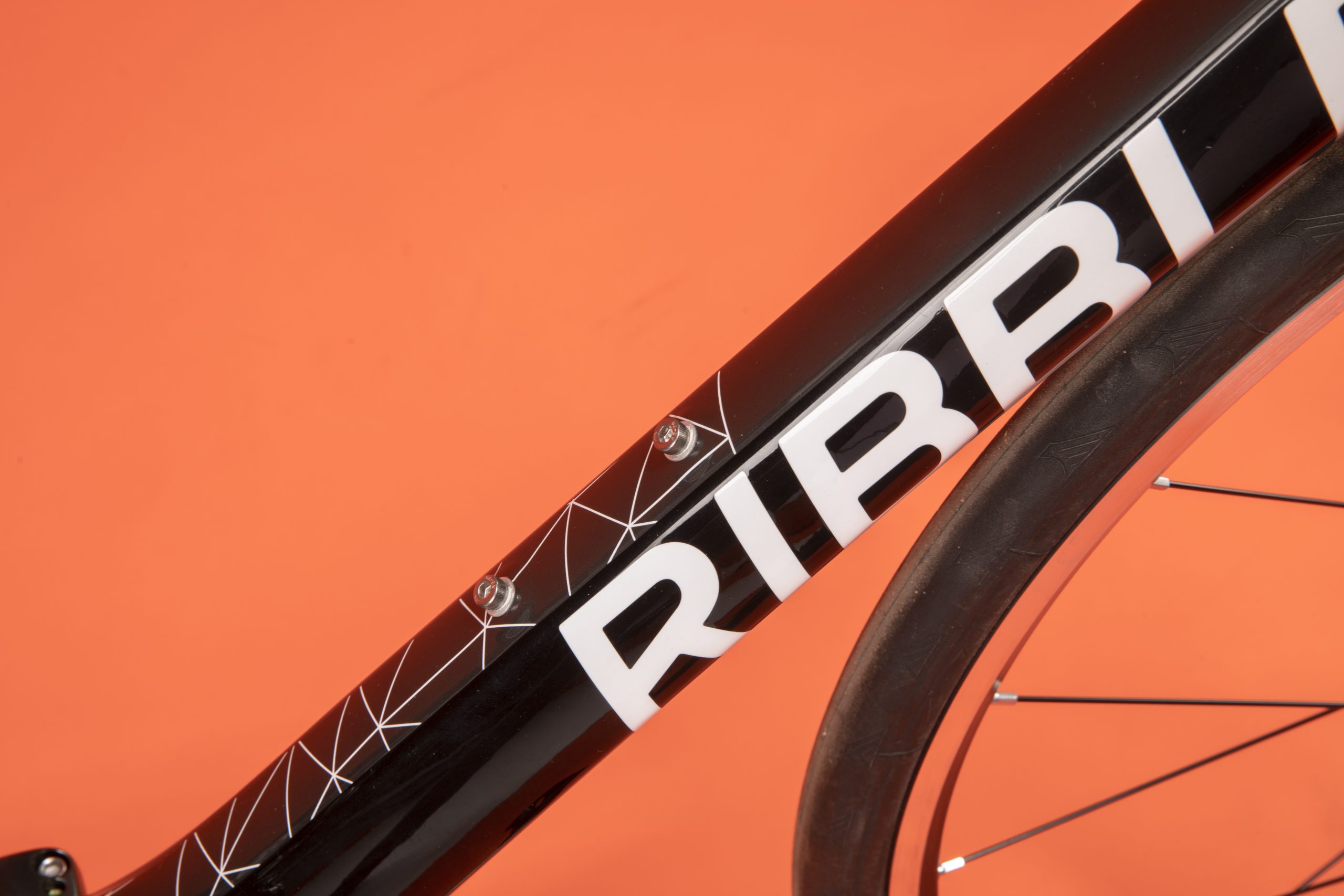
The frame in its current iteration offers the oversized profiles we've come to expect from Ribble, particularly the tapered head tube where there's a real bulge going on as the tube reaches the stem spacers. The logic behind this is improved front end stiffness, and getting out of the saddle I certainly didn't note any issues.
Lower down, the chassis did lack stiffness at the bottom bracket shell when compared with more race orientated bikes, which resulted in a less punchy ride - but not everyone is seeking rapid acceleration.
The fork is wide and claims an aero profile, whilst at the back the seat stays follow the modern convention of a dropped position, promising comfort via creating distance between the rider and shocks from the road. There's ample tyre clearance, this model came with 28mm rubber but you could boost that to at least a 32.
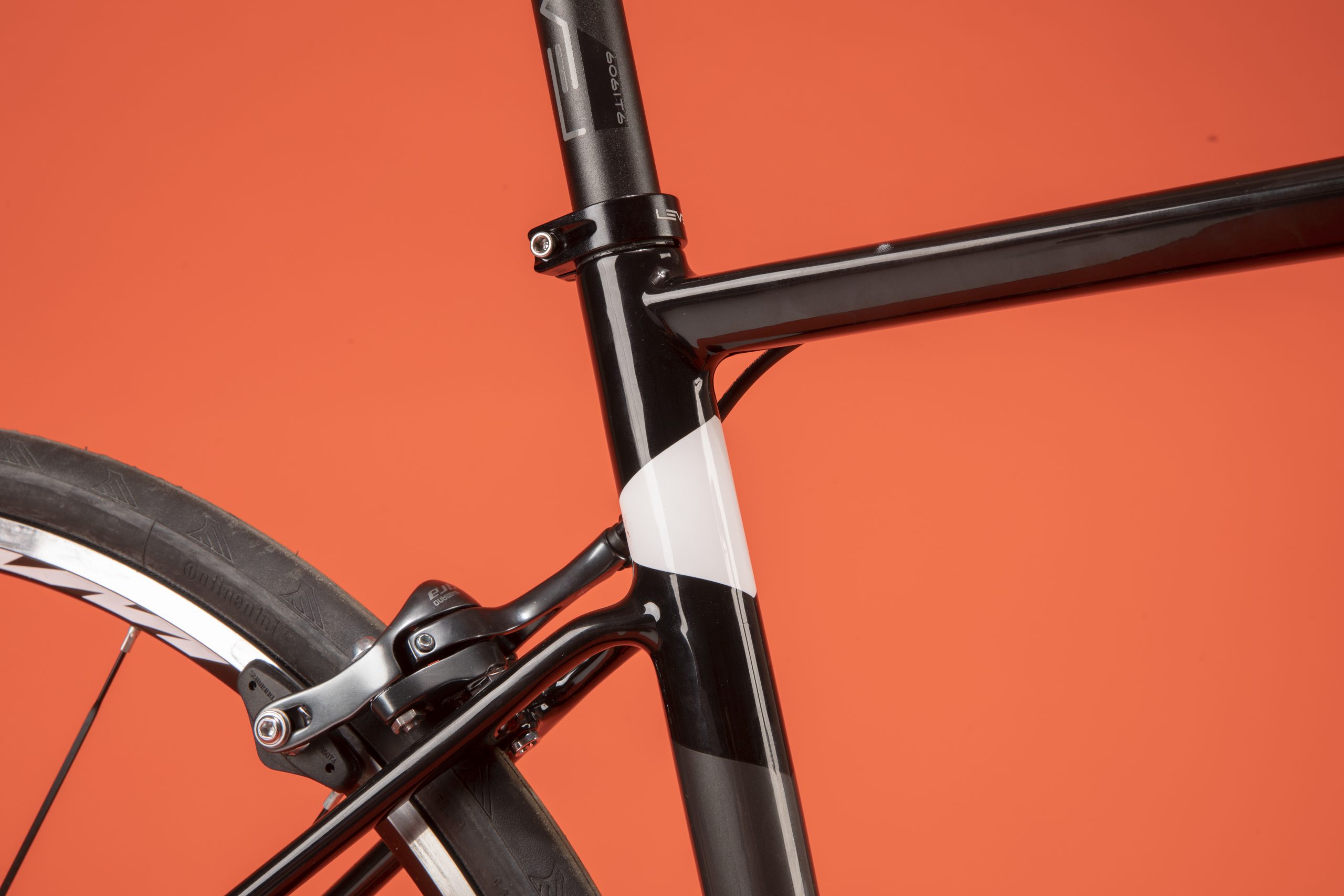
The bike certainly shines on both smooth and lightly rutted roads. Sailing around my favourite test loop, I could really relax into this bike and I could imagine tackling day-long sportives and longer club runs on it with great pleasure (were they not cancelled under Covid restrictions). I could ride this bike all day with a smile on my face.
Hitting broken section of road, the road buzz increased significantly - more in line with what you'd expect from a stiff race bike. A clattery ride on uneven roads is not uncommon among lightweight carbon frames and swapping the supplied Continental Ultra Sport III tyres to something more supple would take care of a lot of this. More premium bikes will iron more clatter out via carbon seatpost and bars, but that'll cost you.
Ribble is able to offer internal cable routing, which keeps everything neat and in better condition. The model that arrived with me had a rather long length of cable, this hit my knee when out the saddle but could be easily fixed with a more watchful eye on the length of the outer.
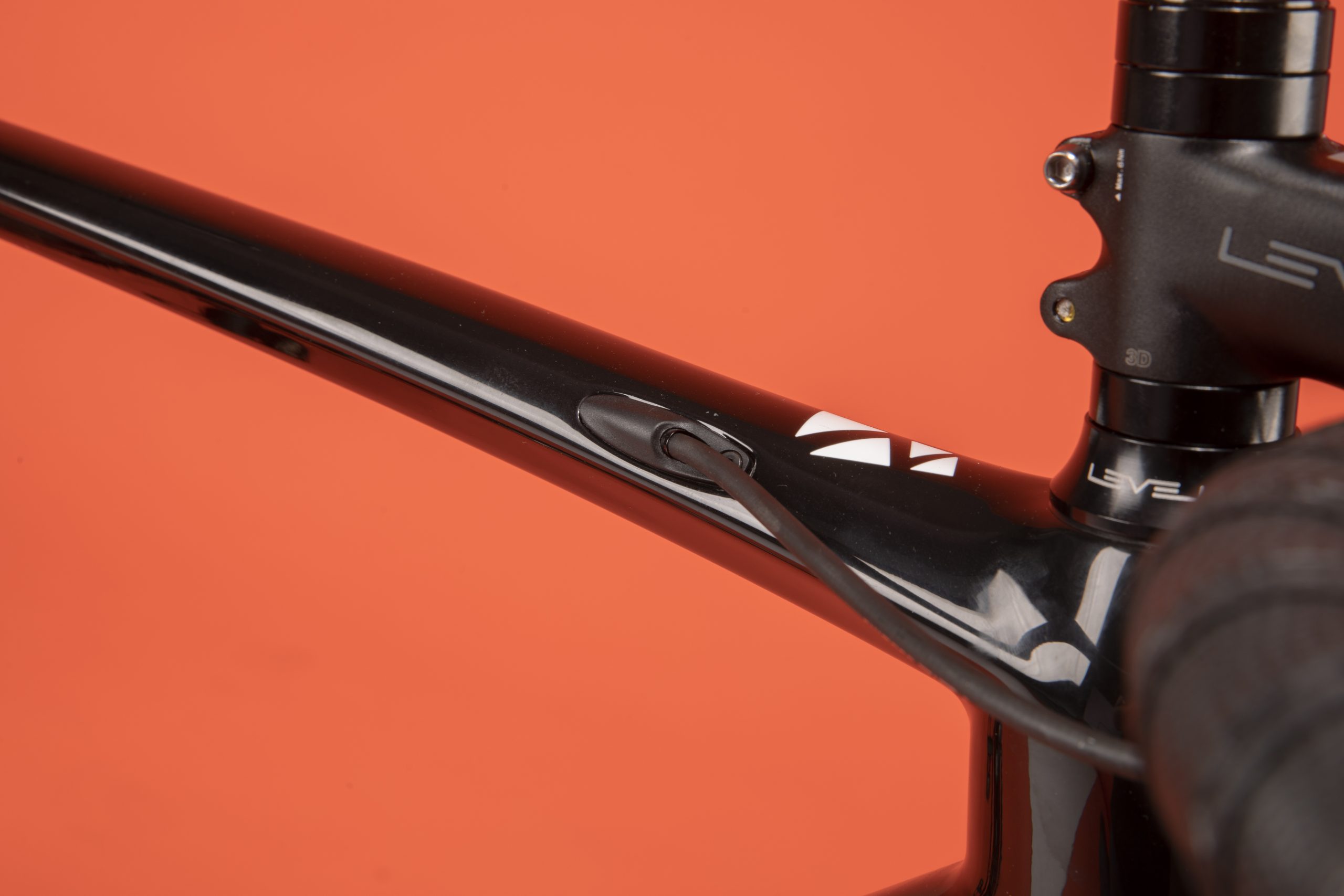
Ribble also sticks with a threaded bottom bracket standard. Choice of BB can become quite a heated conversation among mechanics, but the benefits of going threaded mean that home maintenance is much easier and there are fewer tools required.
Comparing geometry charts, a size small offers up the same stack (521mm) in both the R872 and the Endurance, but the reach is significantly shorter, coming in a 271mm over the 285mm of the more racey model. I felt comfortable and at home on this frame, and would certainly be happy to take it on extended adventures.
Shopping with Ribble means you can use the 'Bike Builder' to spec your own stem and handlebar sizes, with the Level bars available from 38cm to 44cm and the stem from 70mm to 120mm. If you wanted a more aggressive reach you could achieve that with a longer stem at no extra cost, and women who typically have narrower shoulders get their bike with the right fit straight away. This is an extremely sensible way of selling a bike, and I wish more brands would offer the same service.
The wheelbase of the R872 is actually shorter (968 over 984mm) than on the Endurance SL race bike, and the two share the same head angle (72.0°) and fork offset (45mm). The handling certainly felt quick enough to enjoy sailing through corners and blasting descents.
Whilst the geo is more relaxed overall, and the BB shell doesn't yield itself to racing efforts, this certainly feels like a frame that carries performance well in excess of its price tag - making this a platform that a rider could enjoy for many years as their enthusiasm progressed. Swapping the wheels, tyres and brakes (more on that later) over time could easily turn this into a bike which you could attack a Gran Fondo or even your first race.
The build
Ribble's bike builder means riders can adjust components to meet their desired price point and performance balance. The standard R872 Tiagra comes in at £1099, with Ribble's Mach1 CFX rims laced to Shimano hubs. The bike we have on test came instead with Mavic Aksium wheels, boosting the price to £1199.
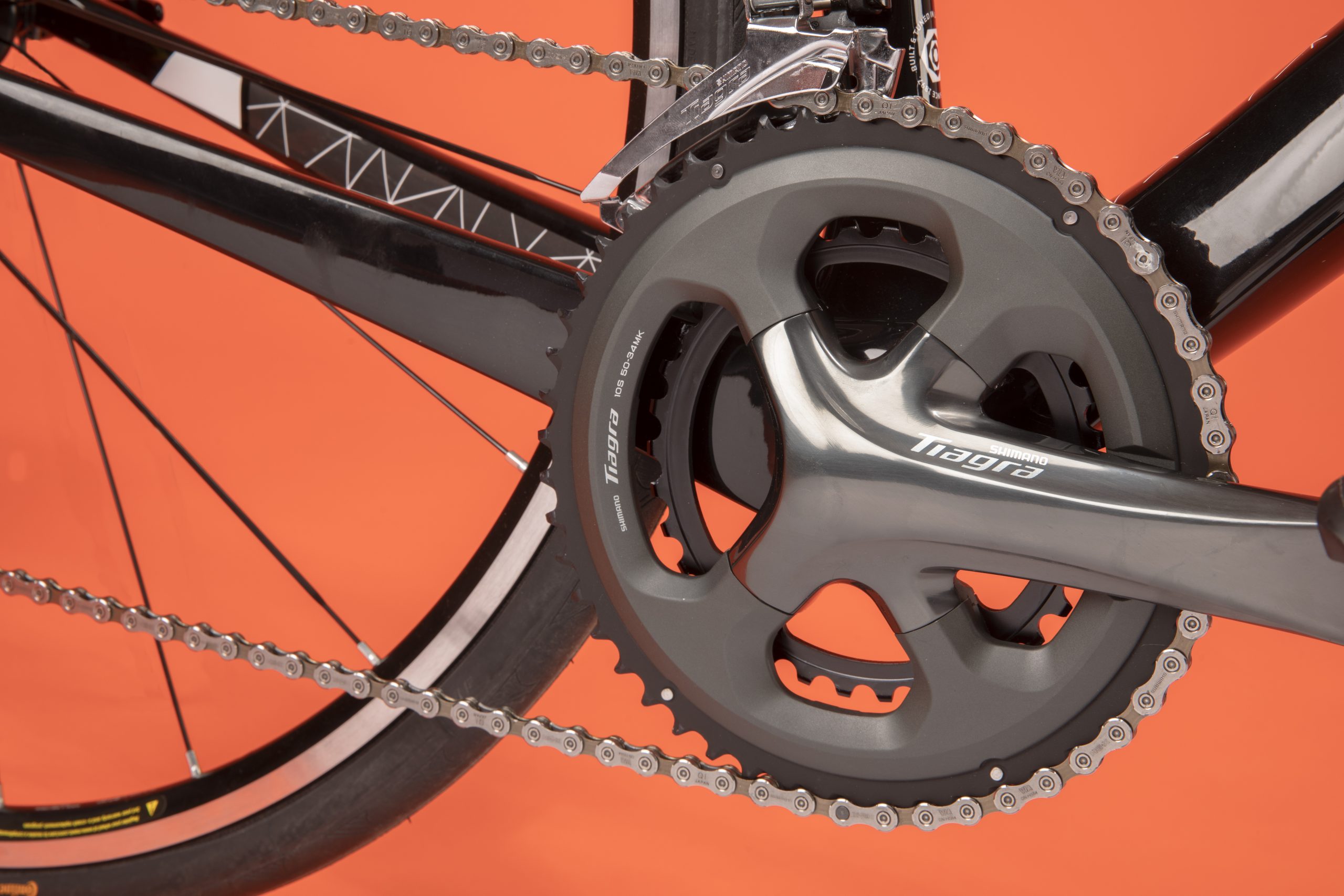
Shimano Tiagra 4700 was updated in 2018, seeing it take many learning from Shimano 105 (which was also updated to take learnings from Ultegra, and so on). Tiagra, unlike 105 and the higher end options, offers 10-speed shifting compared to 11-speed. This gives you one less cog on the cassette, but this build with its 50/34 chainset and 11-32 cassette offers plenty of options when the road goes upwards. The levers are well shaped and I've no concerns over the shifting.
The Shimano Tiagra brakes specced come fitted with a non-cartridge shoe/pad combo. Braking on the Ribble R872 with this set-up left me feeling pretty disappointed, and it held me back on descents because I wasn't confident in their stopping power.
I swapped the non-cartridge pair for a set of Shimano Ultegra cartridge shoe/pad set (these cost £22.99, you'll need two sets for front and rear). Comparing stopping power, from 30kph to a dead stop on a damp road, the difference was in excess of 1.5 metres every time - I repeated the test three times with each set-up. This isn't a lab experiment (I can't guarantee mm perfection in rim to pad measurement, degree of force used to brake or the effect of wind gusts) - but it's certainly an illustration of how much difference a £46 investment will make.
This criticism would apply to all bikes sporting a Shimano Tiagra rim brake groupset, not just the Ribble, but I would suggest riders who want to push the limits - or those nervous on the roads - would benefit from this simple swap. That, or just opt for the disc brake equipped Tiagra model for £1199 - a smart choice as discs offer more power and are more reliable in the wet and many wheel brands are now releasing new models disc brake only.
At this price point, the alloy finishing kit comes from Ribble's brand, Level. Each part does the job and that's all you'd expect.
Value
The £1000 (and a bit) price point is a competitive one, though it's grown quieter among the big brands. You won't find a carbon frame with a Tiagra groupset at this price point from the major players - the Specialized Tarmac starts at £2349 with discs and 105, Trek's cheapest carbon road bike is the Emonda SL5 for £1500 with rim brakes and 105. Compared to these guys, Ribble's value is undoubted.
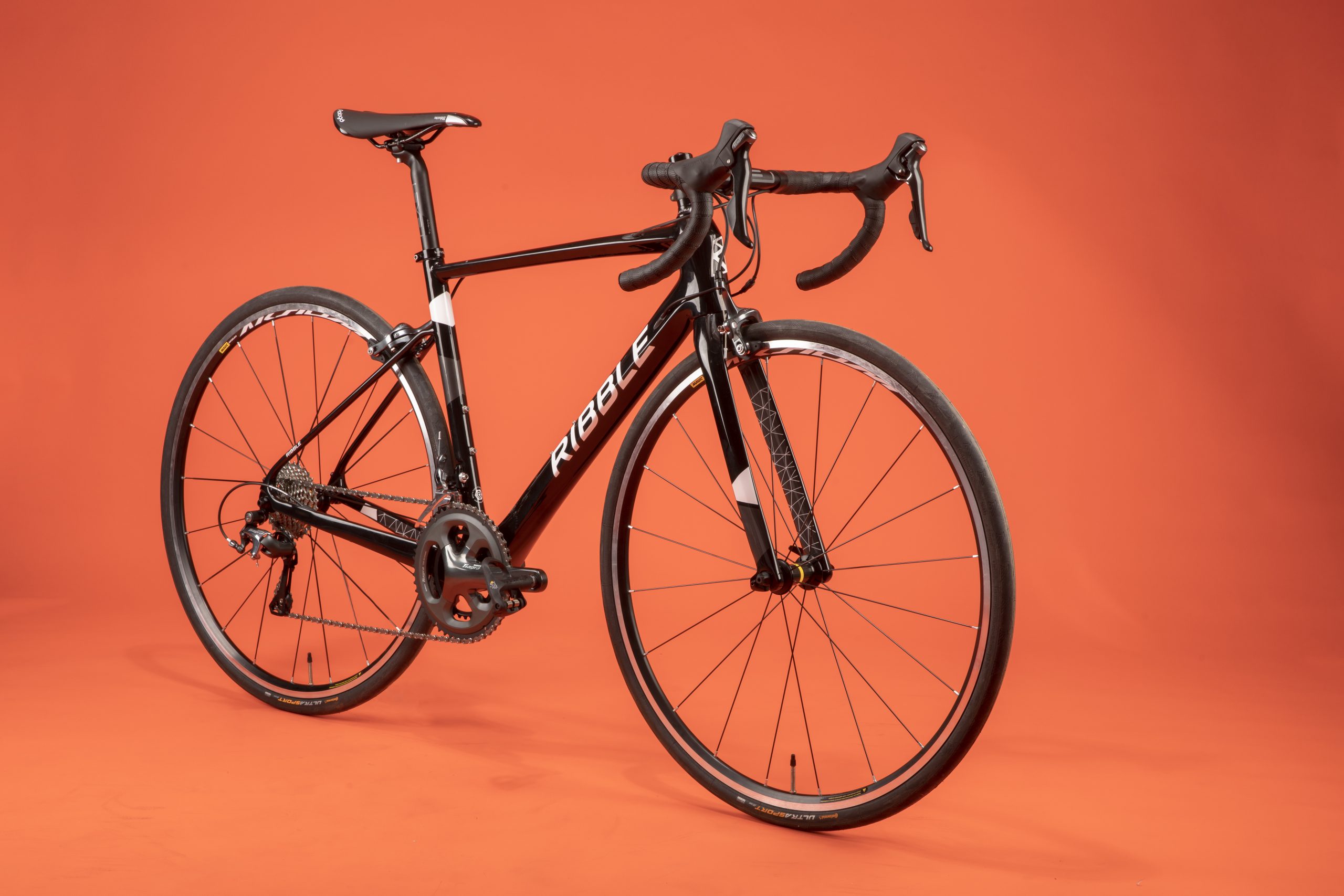
However, there are some other players on the market. Chain Reaction Cycles' in-house brand Vitus offers the Zenium for just £999 with a disc brake Shimano Tiagra groupset, whilst over at Boardman the SL 8.9 Carbon has been dropped to £900 (from £1,100) with a Tiagra rim brake groupset. There's caveats - for example, at last test we weren't impressed with Vitus' own brand wheels and of course the Boardman would befall the same braking criticism.
Tthe Ribble R872 still offers value for money that far exceeds the biggest players, but it's not quite the streets ahead of the competition that it was when we last tested it.
The ride quality is notable, though - at time of writing my test fleet contained bikes costing six times that of the R872 - and whilst of course compromises have to be made to hit the price point, I had just as much fun on this machine as more expensive options and I never felt hard done by whilst out in the lanes.

Thank you for reading 20 articles this month* Join now for unlimited access
Enjoy your first month for just £1 / $1 / €1
*Read 5 free articles per month without a subscription

Join now for unlimited access
Try first month for just £1 / $1 / €1
Get The Leadout Newsletter
The latest race content, interviews, features, reviews and expert buying guides, direct to your inbox!
Michelle Arthurs-Brennan the Editor of Cycling Weekly website. An NCTJ qualified traditional journalist by trade, Michelle began her career working for local newspapers. She's worked within the cycling industry since 2012, and joined the Cycling Weekly team in 2017, having previously been Editor at Total Women's Cycling. Prior to welcoming her first daughter in 2022, Michelle raced on the road, track, and in time trials, and still rides as much as she can - albeit a fair proportion indoors, for now.
Michelle is on maternity leave from April 2025 until spring 2026.
-
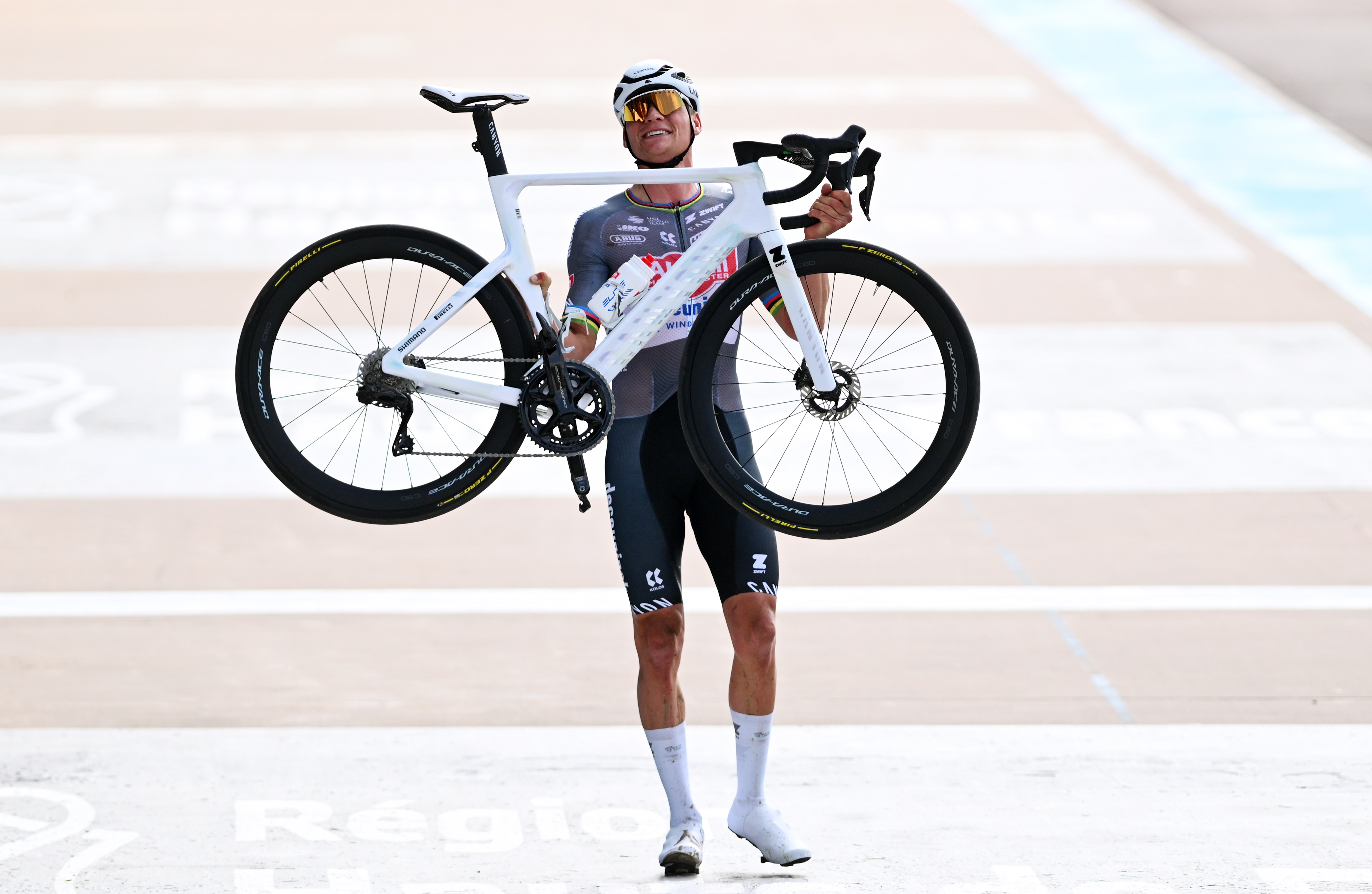 Mathieu van der Poel secures Paris-Roubaix hat-trick after epic duel with Tadej Pogačar
Mathieu van der Poel secures Paris-Roubaix hat-trick after epic duel with Tadej PogačarDutchman takes his third win in a row after Pogačar crashes on the cobbles, while Mads Pedersen finishes third
By Peter Cossins Published
-
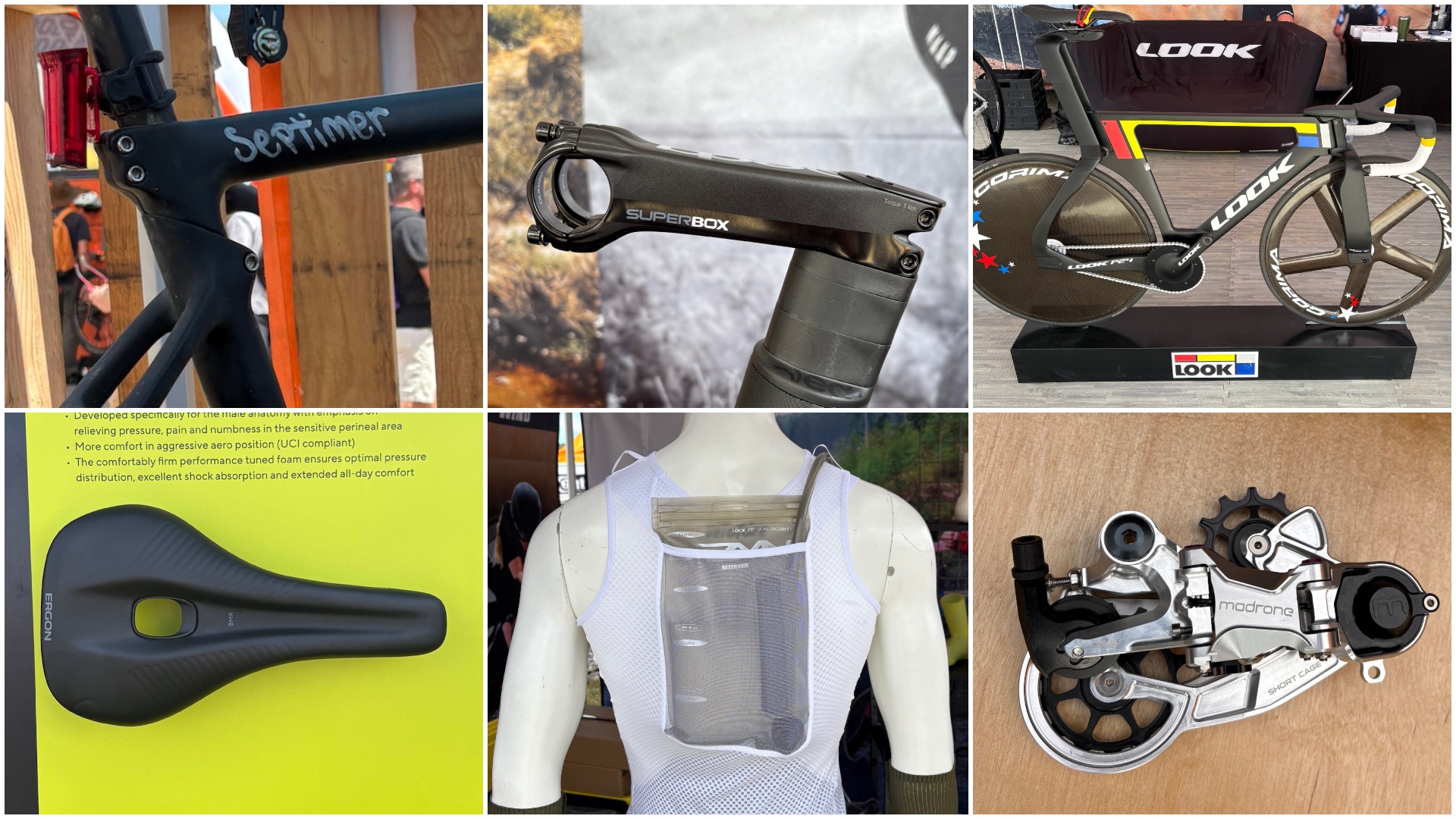 The Sea Otter Classic: sights and sounds from the biggest bike gathering in North America - Part 1
The Sea Otter Classic: sights and sounds from the biggest bike gathering in North America - Part 1Odds and ends that run the gamut, from a $13,000 frameset to armoured kit and new hydro-vests
By Tyler Boucher Published
-
 The thing that bothers me most when I look back at old school training is that right now we’re doing something equivalently misguided
The thing that bothers me most when I look back at old school training is that right now we’re doing something equivalently misguidedOur columnist's old training diaries reveal old-school levels of lunacy
By Michael Hutchinson Published